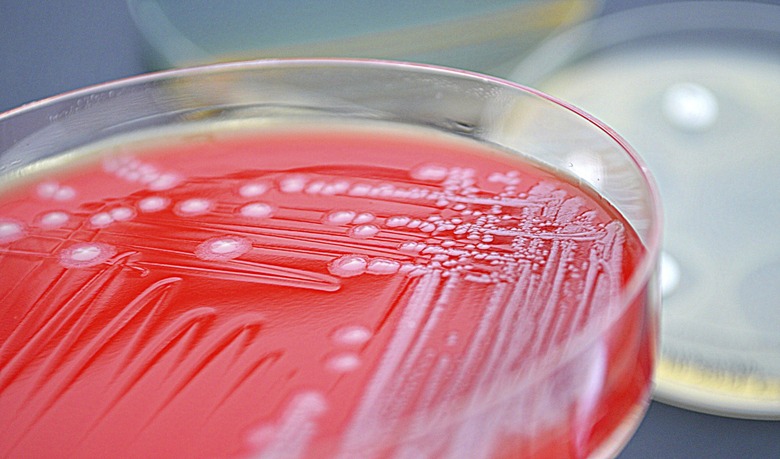Why Are Agar Plates Kept Inverted Whenever Possible?
Agar plates are used to grow microorganisms in the lab. The plates are often stored in the refrigerator, which can cause condensation on the lid. Agar plates should be kept inverted whenever possible to prevent water from dripping onto the agar surface.
Importance of Inverting
Importance of Inverting
If condensed water drips onto the agar, it can interfere with the growth of the colony of microorganisms. Depending on the type of experiment or study, it may be important to keep the colonies separate on a plate. Water on the agar has the potential to allow organisms to move across the plate into other areas.
Cite This Article
MLA
Malesky, Mallory. "Why Are Agar Plates Kept Inverted Whenever Possible?" sciencing.com, https://www.sciencing.com/agar-kept-inverted-whenever-possible-6311918/. 24 April 2017.
APA
Malesky, Mallory. (2017, April 24). Why Are Agar Plates Kept Inverted Whenever Possible?. sciencing.com. Retrieved from https://www.sciencing.com/agar-kept-inverted-whenever-possible-6311918/
Chicago
Malesky, Mallory. Why Are Agar Plates Kept Inverted Whenever Possible? last modified March 24, 2022. https://www.sciencing.com/agar-kept-inverted-whenever-possible-6311918/
